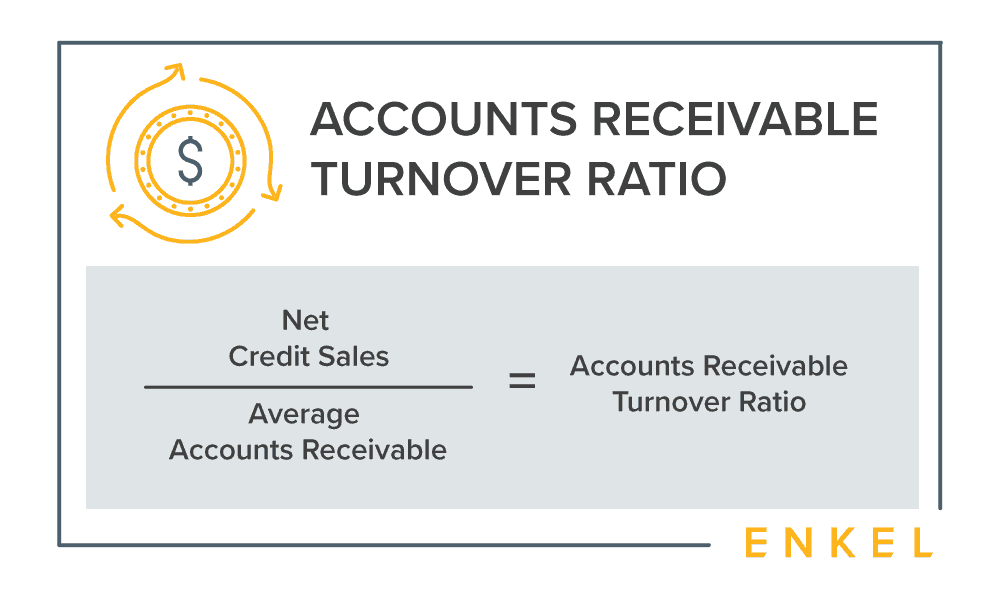

Whenever the turnover ratio rises, the business pays its vendors more quickly than in prior eras. What does the AP turnover ratio indicate? As a consequence, the number of accounts is growing. A growing ratio indicates that the corporation has enough cash to pay down its short-term debt on time. When the turnover ratio rises, the business pays its suppliers more quickly than before. The rates with which a firm pays its debts may reveal its financial health. The number of accounts payable days is then calculated by dividing the total turnover by 365 days.Ī lower turnover ratio shows that a corporation is paying its suppliers later than before. The entire AP turnover is calculated using this formula. To determine accounts payable days, add up all of your purchases from suppliers over the measurement period and divide by the average number of accounts payable. It is calculated as:Īccounts Payable Days = Total purchases by supplier ÷ ((Initial accounts payable + Ending accounts payable) / 2) A difference in the number of payable days might also imply changed payment terms with suppliers, albeit this rarely has more than a slight effect on the number of days because numerous suppliers' conditions must be changed to affect the ratio significantly. If the days increase from one period to the next, it means the company is gradually repaying its suppliers, which could suggest a deteriorating financial situation. The accounts payable days method calculates how long it takes a corporation to pay creditors. Computing Accounts Payable Days or AP Turnover Ratio It's crucial to measure the average amount of time it takes a business to pay its debts in financial modelling. Hence, the asset side is lowered by the same quantity as the liability side.

Cash is also lowered alongside using double-entry accounting. Therefore, when a corporation pays off a commitment, its AP is lowered. The present obligations of the corporation to suppliers and partners are accumulated in AP. Calculating Accounts PayableĪccounts Payable is calculated as follows:Īccounts Payable = (Accounts Payable Days x Value of Item Sale) / 365 As a result, a company's ability to stay in operation may be jeopardised by badly managed accounts payable. A company's inflow must ideally surpass its outflow, ensuring enough operating reserves to pay its expenses. It is determined using the current assets and liabilities of a company. The cash a company holds to cover its urgent, day-to-day expenses is known as working capital. A company that misses payments runs the risk of turning its outstanding debt, or short-term credit, into bad debt, which can hurt its liquidity.Įxample: One of the primary financial indicators touched by AP is working capital. Their bookkeeping allows a company to precisely track its cash flow and guarantee that bill due dates are met, minimising missed payments and preserving mutually beneficial partnerships. Getting reimbursed personal expenses fees and handling petty cash for business expenditures may also fall within the purview of the accounts payable department.Īccounts Payable are classified as a subsidiary ledger in the income statement, one of several essential financial statements, under the accounting standard, the most prevalent accounting technique for corporations. The total budget a firm owes to suppliers for materials or services supplied to conduct their operations is accounts payable.ĪP is a type of short-term debt that must be paid back within the first year using the firm's existing assets, any resources or goods it utilises to produce cash flow, such as available cash or other cash reserves. So, let’s jump right into it:- What is Accounts Payable?
Good accounts payable turnover ratio how to#
In this article, we discuss how to calculate accounts payable, what to interpret and conclude from it, and the limits it has.

When deciding whether to invest or lend money, investors and lenders use these measurements to evaluate a company's solvency and management consulting procedures. Accounts Payable influences a company's financial performance, credit conditions, and capacity to recruit investors and provides essential information about its general financial health.

Analysing the AP turnover (how long does the organisation take to pay the creditors) regularly can help organisations meet deadlines and avoid delinquencies. Accounts Payable (AP) is a current liability representing money owed to customers.


 0 kommentar(er)
0 kommentar(er)
